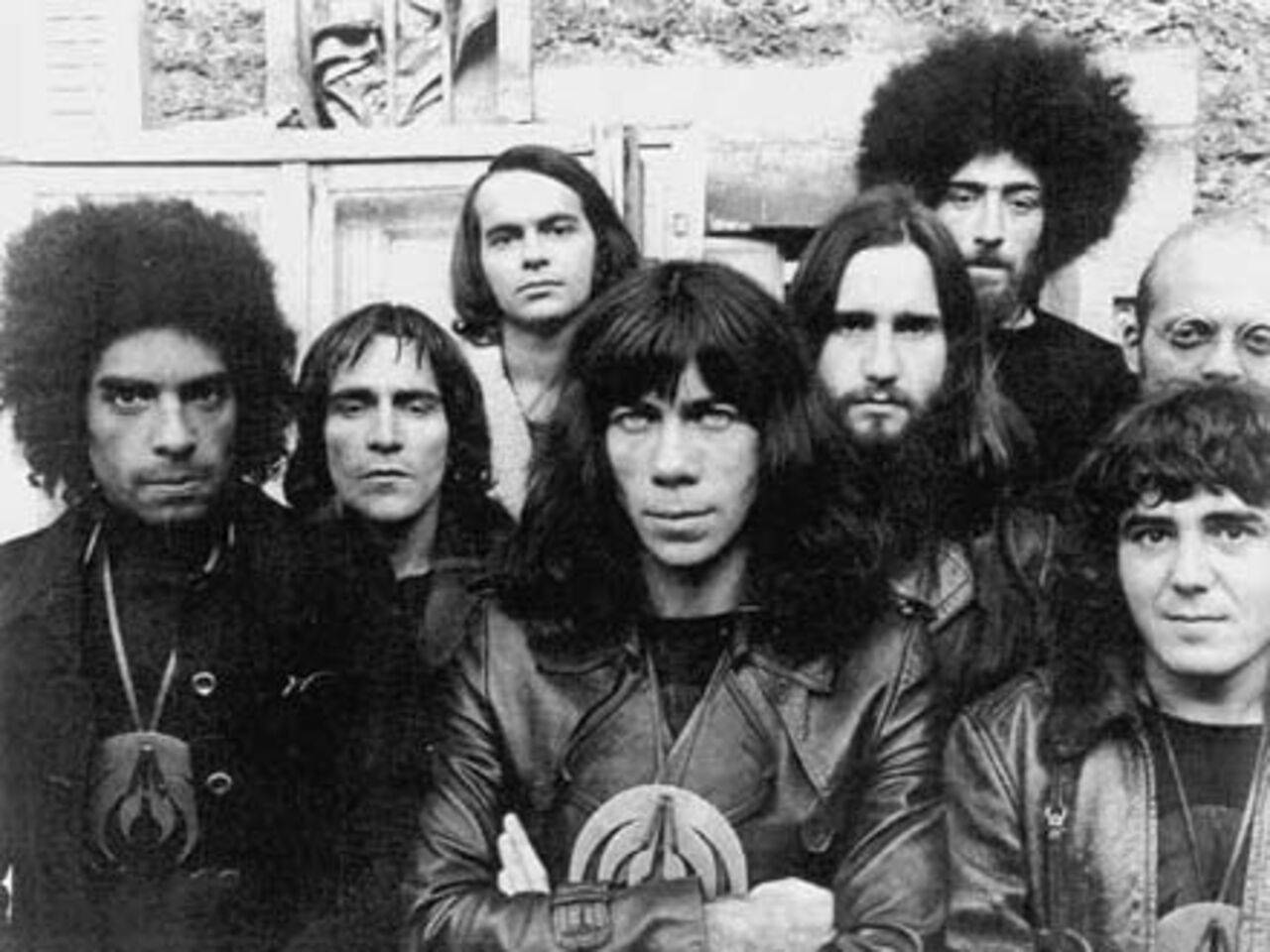
Magma
Biography
Magma was founded in 1969 by drummer Christian Vander and bassist Laurent Thibault, two years after the death of John Coltrane . Traumatized for life by the latter, whom he considers to be an unsurpassable musical and spiritual guide, Vander quickly acquired an ascendant on the band and undertook to create a proteiform music beyond the mere framework of jazz, mixing the influences of classical music, contemporary music, psychedelism, or art rock. Magma is thus based on an ambitious and unprecedented project. Driven by unwavering faith, the group quickly became a nursery of talents, welcoming many florets of the French scene. Among them are Didier Lockwood, Claude Engel, Jannick Top and Bernard Paganotti.
The work, over the years, will take on a fragmentary, labyrinthic side, where concepts and movements are scattered on various media through time: studio albums, live, unreleased, bootlegs, rarity, or even original movie tape (the sublime music of Tristan and Iseult, which will become the album Wurdah Itah). These scattered elements, constantly evolving through their different versions and reinterpretations, often do not see their publication correspond chronologically with their composition, which makes the reconstitution of the puzzle of cycles, like that of the famous Theusz Hamtaak, all the more delicate, and even goes so far as to place the attentive listener in an archaeologist position. This way of giving to discover an a priori enormous universe only through its details helps to give it an aura of gigantism that can easily frighten the neophyte, but breathes an undeniable breath of eternity and legend.
The thematic universe of Magma is mainly based on the futuristic and allegorical concept of Kobaia, a symbolic narrative that works on the mode of myth. The group thus pushes further the idea of concept-album, a figure of style common at the time, to transform it into that work-concept developing in the long time, in parallel with the life of the musicians succeeding within the group and the different musical and philosophical hues they bring to it.
1984 marks, with the release of Merci, the beginning of a long hibernation for the band that will allow Vander to devote himself to other facets of his musical creativity, notably through his project Offering. However, Magma reformed in the second half of the 1990s and began to turn again, rallying a new generation of the public to his cause. This renaissance will lead to the release of the two albums complementing the trilogy initiated in 1974 by the master album Köhntarkösz: his "prequelle" K.A in 2004, then his sequel Ëmëhntëhtt-Rê in 2009, works whose frames were composed by Vander in the 1970s and whose fragments were scattered on various recordings over time. Magma continues today to tirelessly chart her way, animated by a passion that seems inexhaustible.
.
Discography
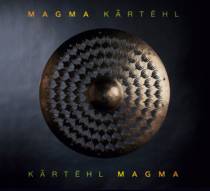
Kartëhl
2022
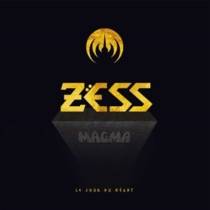
Zëss (Le jour du néant)
2019
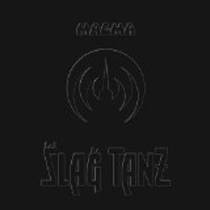
Slag Tanz
2015
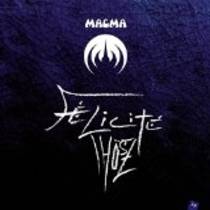
Félicité Thösz
2012
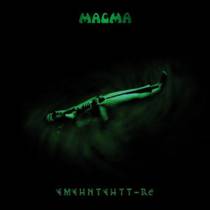
Emëhntëtt-ré
2009
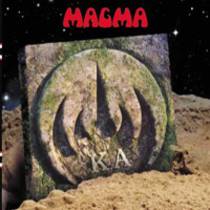
K.A. (Kohntarkosz Anteria)
2004
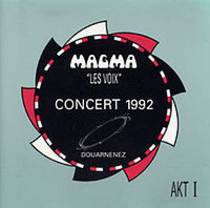
Les Voix De Magma
1992
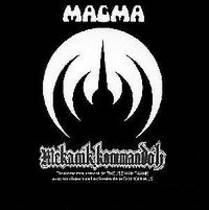
Mekanïk Kommandöh
1989
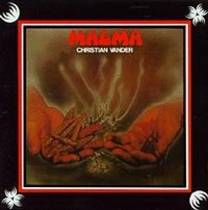
Merci
1984

Retrospektiw (Part III)
1981
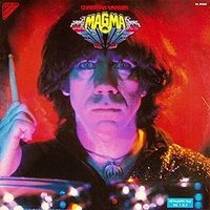
Retrospektiw (Parts I+II)
1981
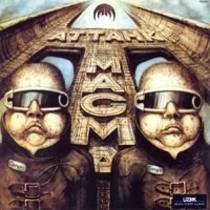
Attahk
1978
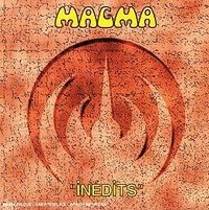
Inédits
1977
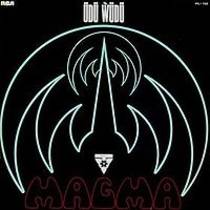
Üdü Wüdü
1976
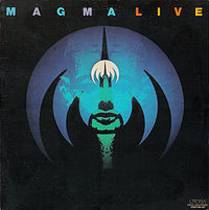
Live/Hhaï
1975
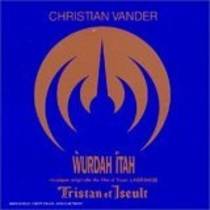
Ẁurdah Ïtah
1974
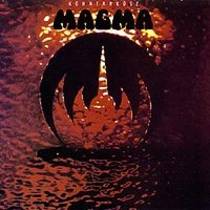
Köhntarkösz
1974
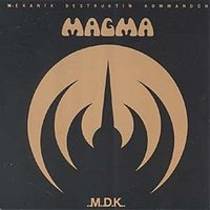
Mekanïk Destruktïw Kommandöh
1973

The Unnamables
1972
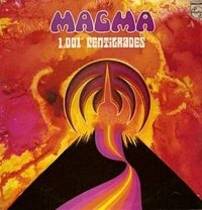
1001° Centigrades
1971
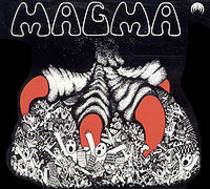
Kobaïa
1970

